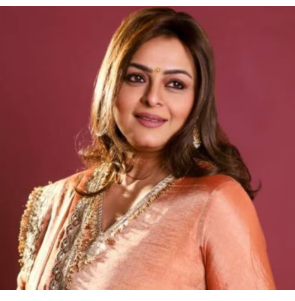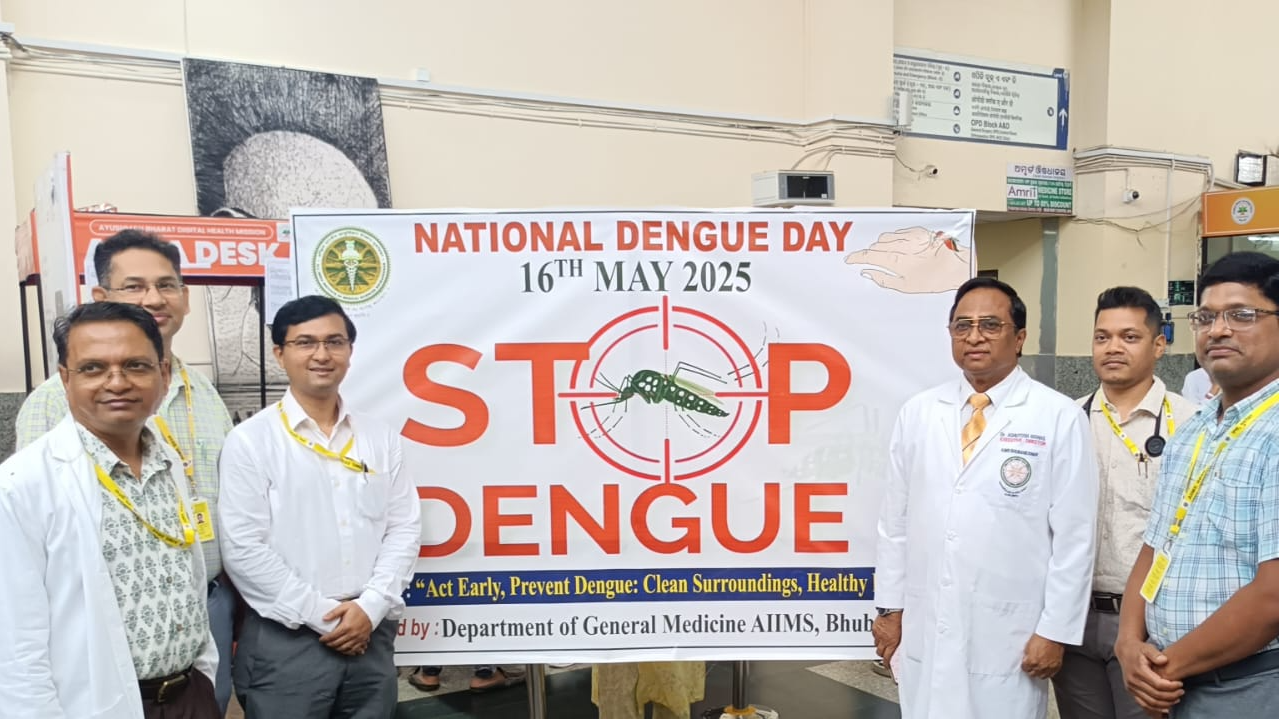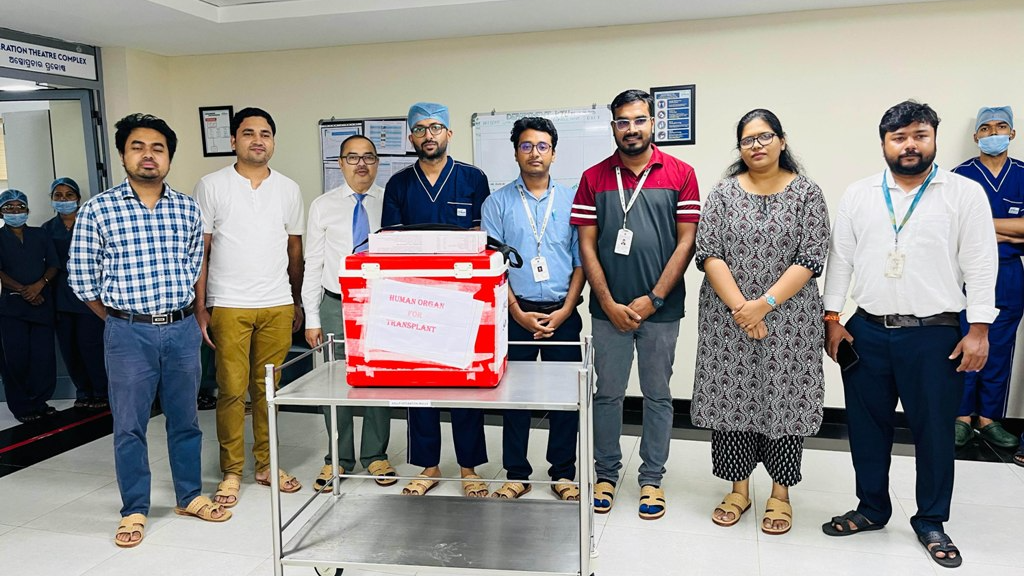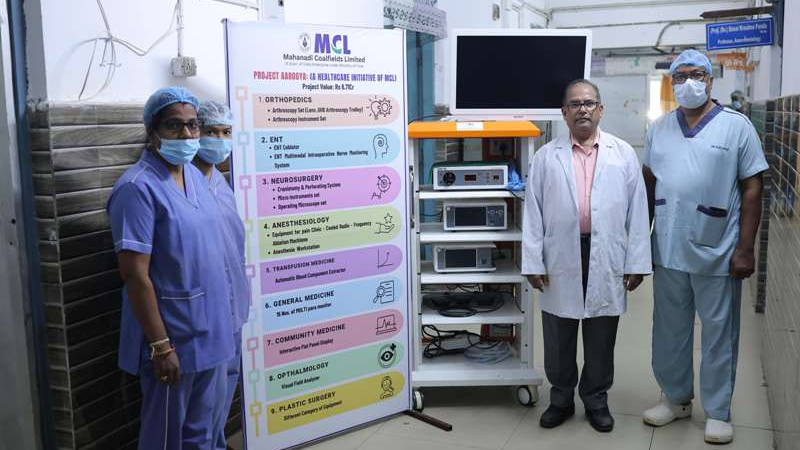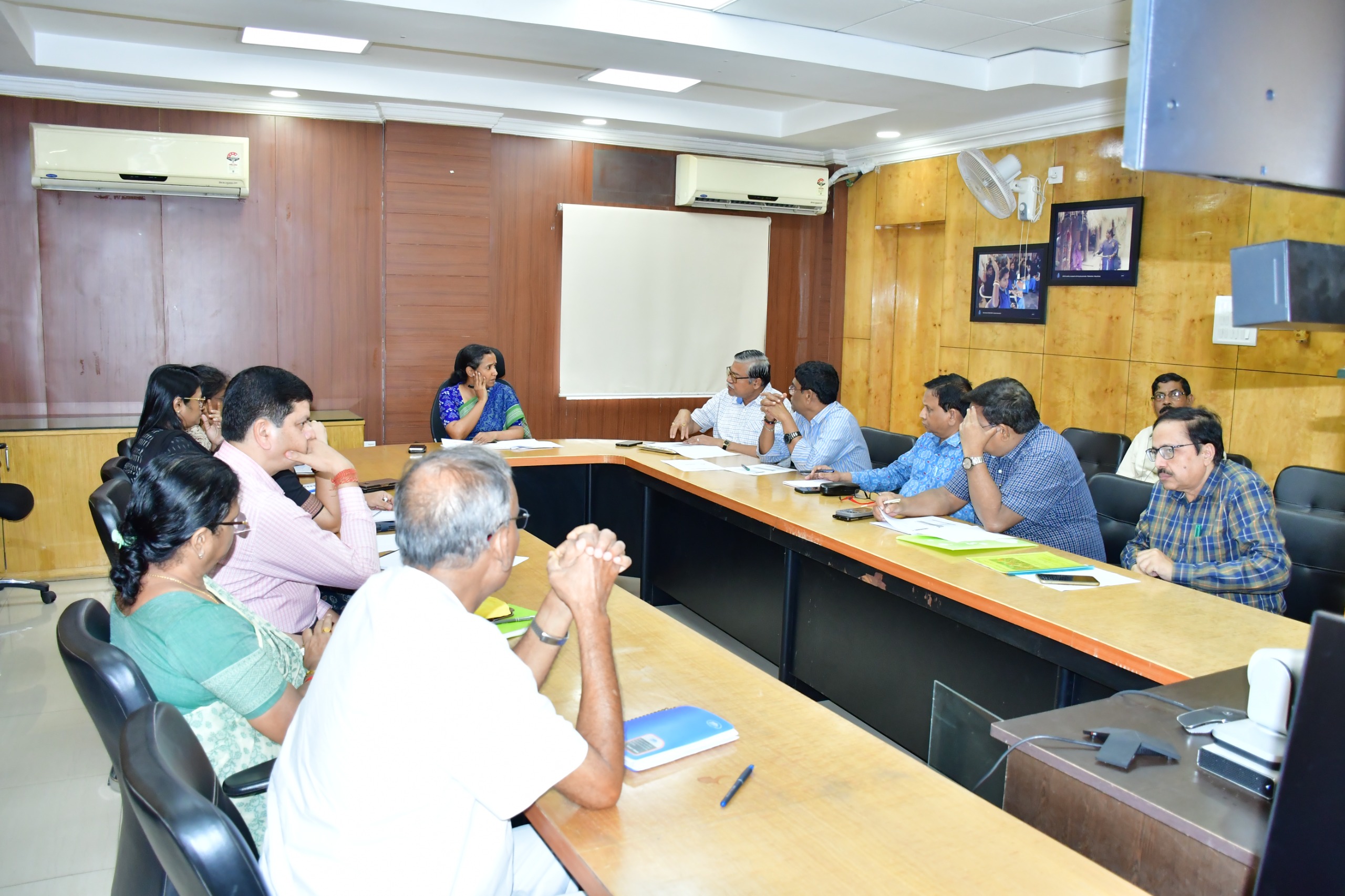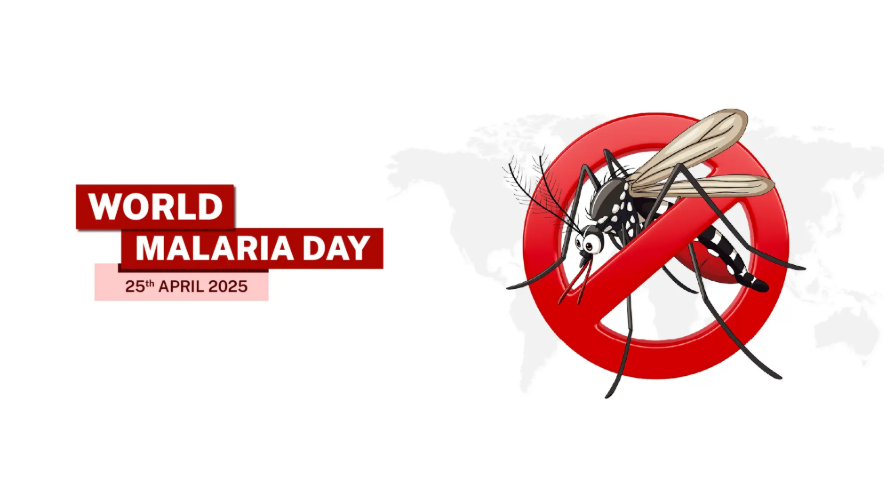Bhubaneswar, Jan 16: Cervical cancer has been a significant health concern in India, with high incidence rates. Cervical cancer is indeed treatable and preventable, primarily through vaccination against human papillomavirus (HPV) and regular screenings such as Pap smears. HPV is a major risk factor for cervical cancer.
Several factors contribute to the challenges in addressing cervical cancer in India:
Lack of Awareness: Many women in India may not be aware of the importance of regular screenings and vaccination. Education and awareness campaigns are crucial to informing women about preventive measures.
Limited Access to Healthcare: In some regions, especially rural areas, there may be limited access to healthcare facilities. Women might face challenges in accessing screenings and vaccinations.
Cultural and Social Factors: Sociocultural norms and taboos may affect women's willingness to undergo screenings or receive vaccinations. Addressing these cultural factors is essential for successful prevention efforts.
Infrastructure Challenges: Some areas may lack the necessary healthcare infrastructure, including laboratories for conducting screenings and vaccination centers.
Economic Factors: Affordability and economic constraints can be barriers to preventive healthcare services, including vaccinations and screenings.
High HPV Prevalence: The prevalence of HPV, a major cause of cervical cancer, may be high in some populations, increasing the risk of developing the disease.
To address the rising rates of cervical cancer in India, it is essential to implement comprehensive strategies that include:
Public Awareness Campaigns: Promoting awareness about the importance of vaccinations, regular screenings, and early detection is crucial.
Improved Healthcare Infrastructure: Strengthening healthcare facilities, particularly in rural areas, can enhance access to preventive services.
Cultural Sensitivity: Tailoring awareness campaigns to address cultural beliefs and norms is important for increasing acceptance and participation.
Affordable Healthcare: Implementing programs that make vaccinations and screenings more affordable can help overcome economic barriers.
Education Programs: Incorporating cervical cancer education into school curricula and community programs can contribute to long-term prevention.














